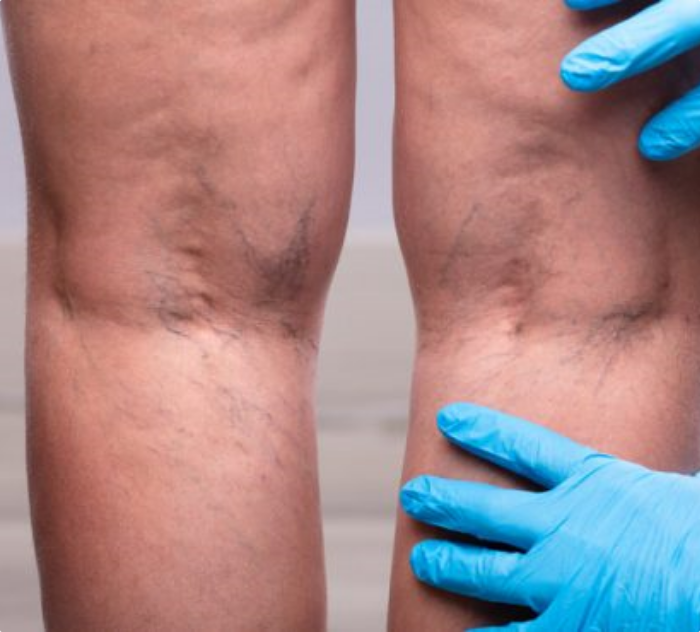
What are varicose veins?
Varicose veins are a common issue that primarily affects the legs, although they can develop elsewhere. These veins become more prominent, showing through your skin as blue or purple lines and loops. As they worsen, the loops start to twist and bulge out from the skin.
Symptoms and Discomfort of Varicose Veins
While some people develop varicose veins that don’t cause any symptoms apart from looking unsightly, many experience discomfort. Varicose veins can cause aching, itching, and tenderness in the legs. In severe cases, they can become ulcerous, leading to open sores that are difficult to heal.
Health Risks Associated with Varicose Veins
Severe varicose veins can form blood clots that may lead to thrombosis or pulmonary embolism if a clot breaks away and travels to the lungs.
Advanced Treatment Options
At Tinsley Surgical, we offer advanced treatment options for varicose veins, including minimally invasive procedures to improve your leg health and comfort. Upload your online consultation VeinPix images here.
Upload your online consultation VeinPix images here.
Schedule AppointmentCommonly asked questions about varicose veins:
Varicose veins develop when the valves inside your veins stop working as they should. The valves are meant to keep blood flowing from your veins back to your heart. If they aren’t working correctly, blood can build up, trickling back up the vein and pooling, causing the vein to swell.
The more blood that pools in the veins, the more they swell and bulge, and the more likely they are to cause you discomfort.
When you start to see varicose veins developing, it’s important to take action to prevent them from getting any worse. Start by exercising more and losing weight if you need to, which takes the pressure off your veins and improves circulation. You can also get compression stockings to wear that help by squeezing the blood back in the right direction.
If your varicose veins make your legs hurt or otherwise bother you, the team at Tinsley Surgical provides advanced, minimally invasive treatments, including:
